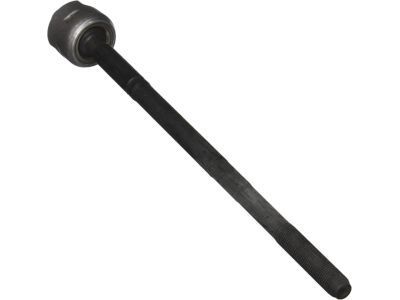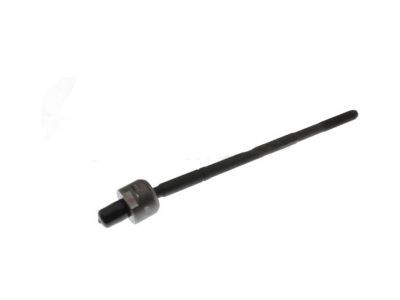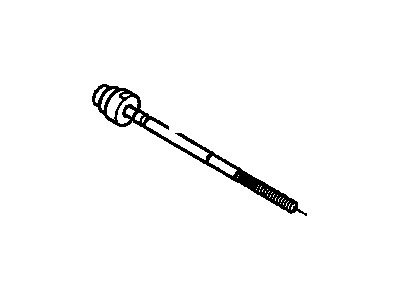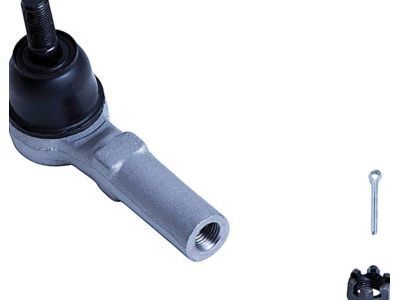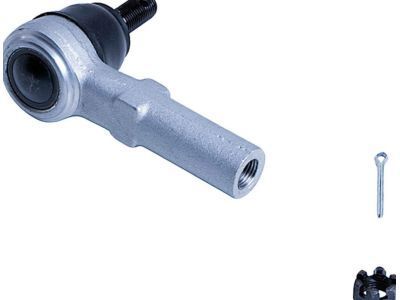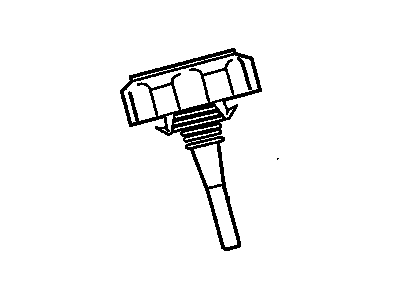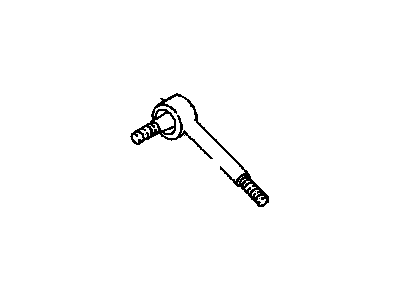
My Garage
My Account
Cart
Genuine Pontiac Firebird Tie Rod
Steering Tie Rod- Select Vehicle by Model
- Select Vehicle by VIN
Select Vehicle by Model
orMake
Model
Year
Select Vehicle by VIN
For the most accurate results, select vehicle by your VIN (Vehicle Identification Number).
4 Tie Rods found
Pontiac Firebird Rod Kit,Steering Linkage Inner Tie
Part Number: 15221006$71.53 MSRP: $175.34You Save: $103.81 (60%)
Pontiac Firebird Tie Rod
Each OEM Pontiac Firebird Tie Rod we offer is competitively priced and comes with the assurance of the manufacturer's warranty for the part. Furthermore, we guarantee the speedy delivery of your orders right to your doorstep. Our hassle-free return policy is also in place for your peace of mind.
Pontiac Firebird Tie Rod Parts Questions & Experts Answers
- Q: How to properly remove and install tie rod on Pontiac Firebird?A:Raise the vehicle and place it securely on jackstands, then remove the cotter pins and nuts from the relay rod and Steering Knuckle ends of the tie rod. Using a special tool, separate the outer end of the tie rod from the steering knuckle, avoiding the use of a "pickle fork" type tool to prevent seal damage. After removing the tool and the ballstud nut, use the same tool to separate the inner end of the tie rod from the relay rod. If disassembling and reassembling the tie rods, carefully measure the overall length of the tie rod assembly from the centerline of the inner ballstud to the centerline of the outer ballstud before removing the tie rod ends, ensuring the assemblies can be adjusted to the original length. Also measure the distance from the outer threads on the tie rod end to the edge of the tie rod sleeve, as both measurements must be equal upon reassembly to maintain approximate front wheel alignment. To remove the tie rod ends, loosen the clamp nuts and unscrew them. If new tie rod ends are used, lubricate the threads with multipurpose chassis grease and install them, ensuring both ends are threaded an equal distance into the tie rod and that the overall length remains the same. Install the clamps without tightening them at this stage. Clean all dirt from the threads of the balljoint studs and nuts to prevent binding, and ensure the tapered surfaces of the balljoints are clean with seals properly installed on the studs. Attach the assembled tie rod to the steering arm and relay rod, then tighten the retaining nuts to the specified torque, adjusting further if necessary to allow for cotter pin insertion. Adjust the tie rod clamps and tighten them to the specified torque, lubricate the tie rod ends with the specified grease, and finally remove the jackstands and lower the vehicle. A front-end alignment must then be performed by a dealer or an alignment shop.
